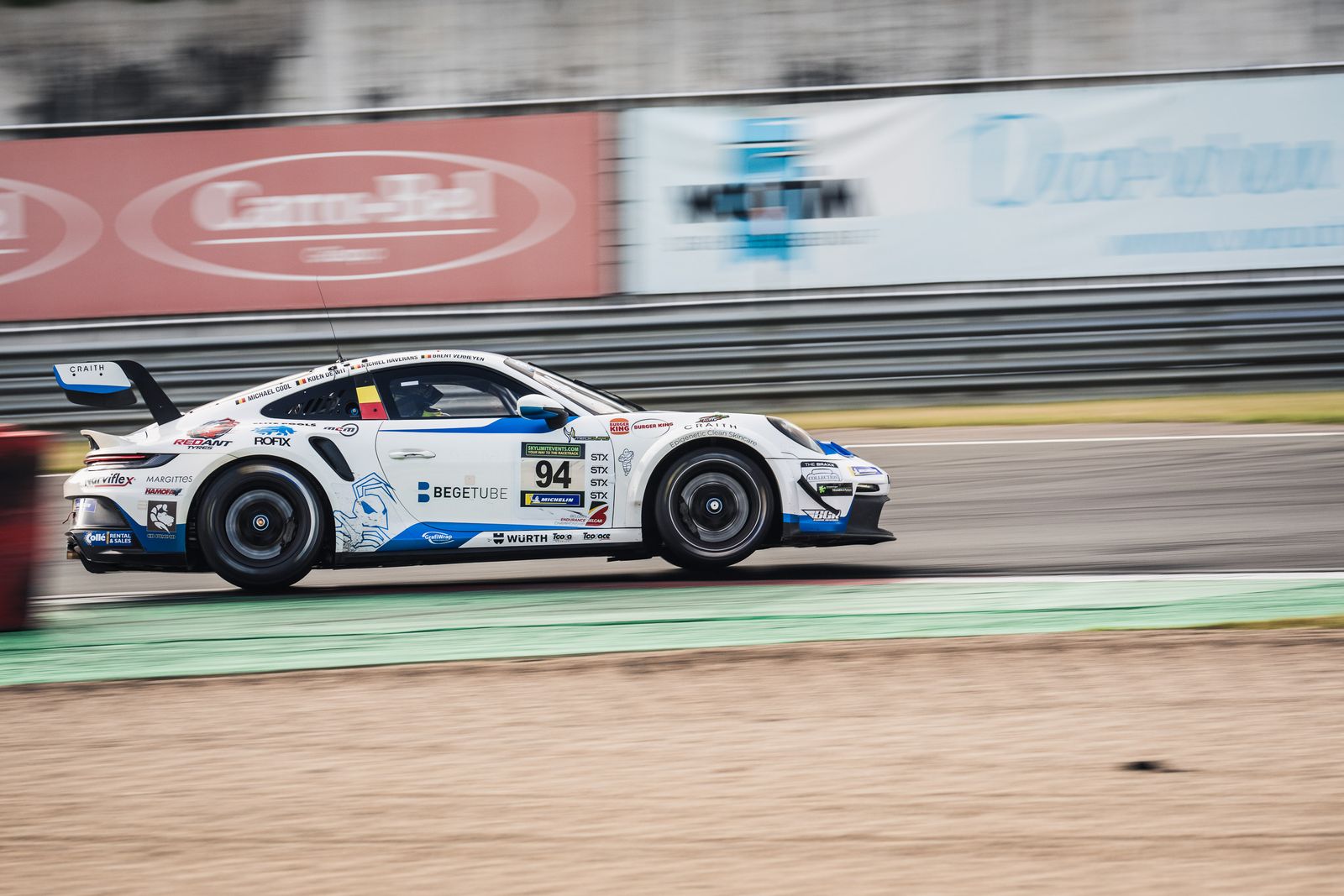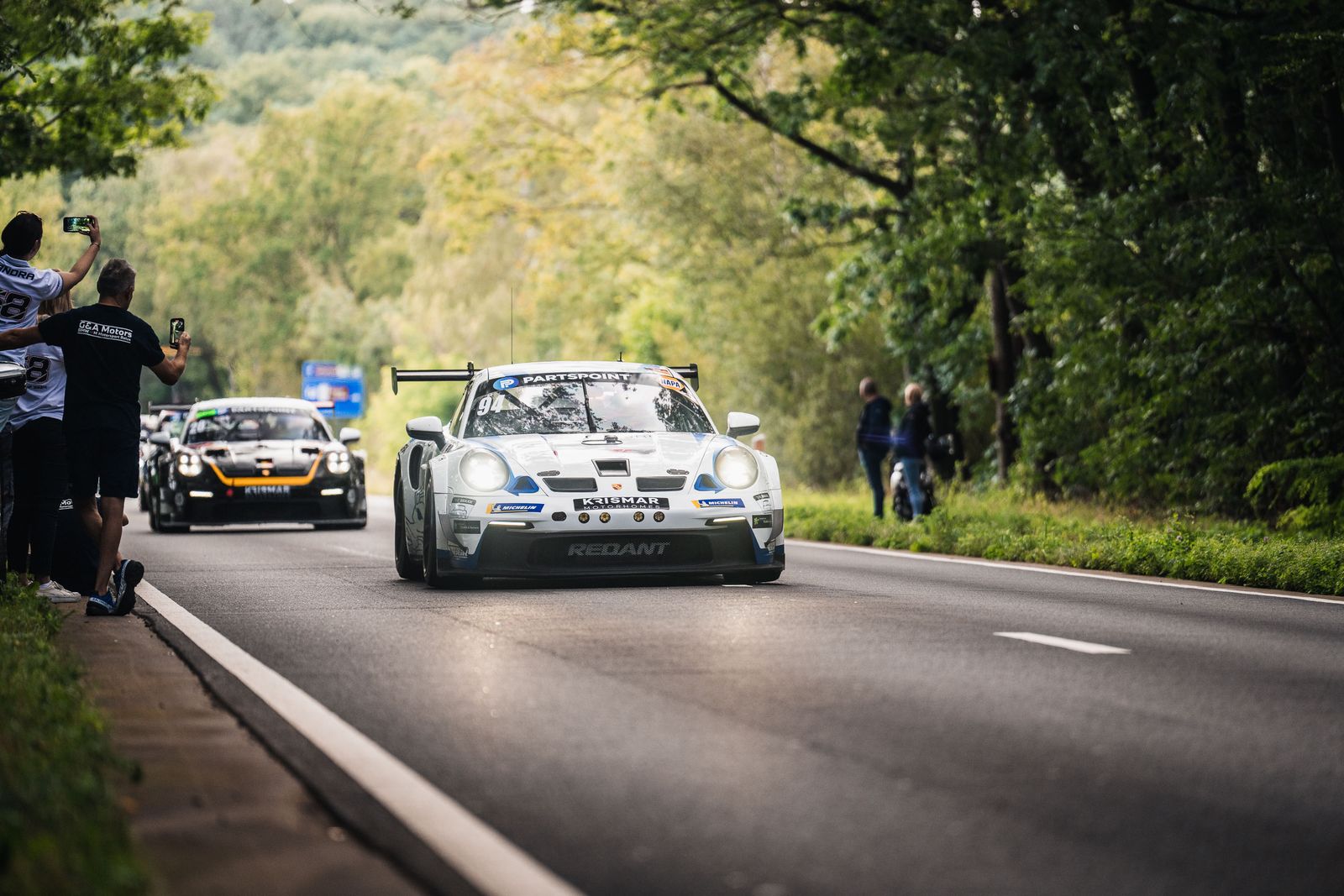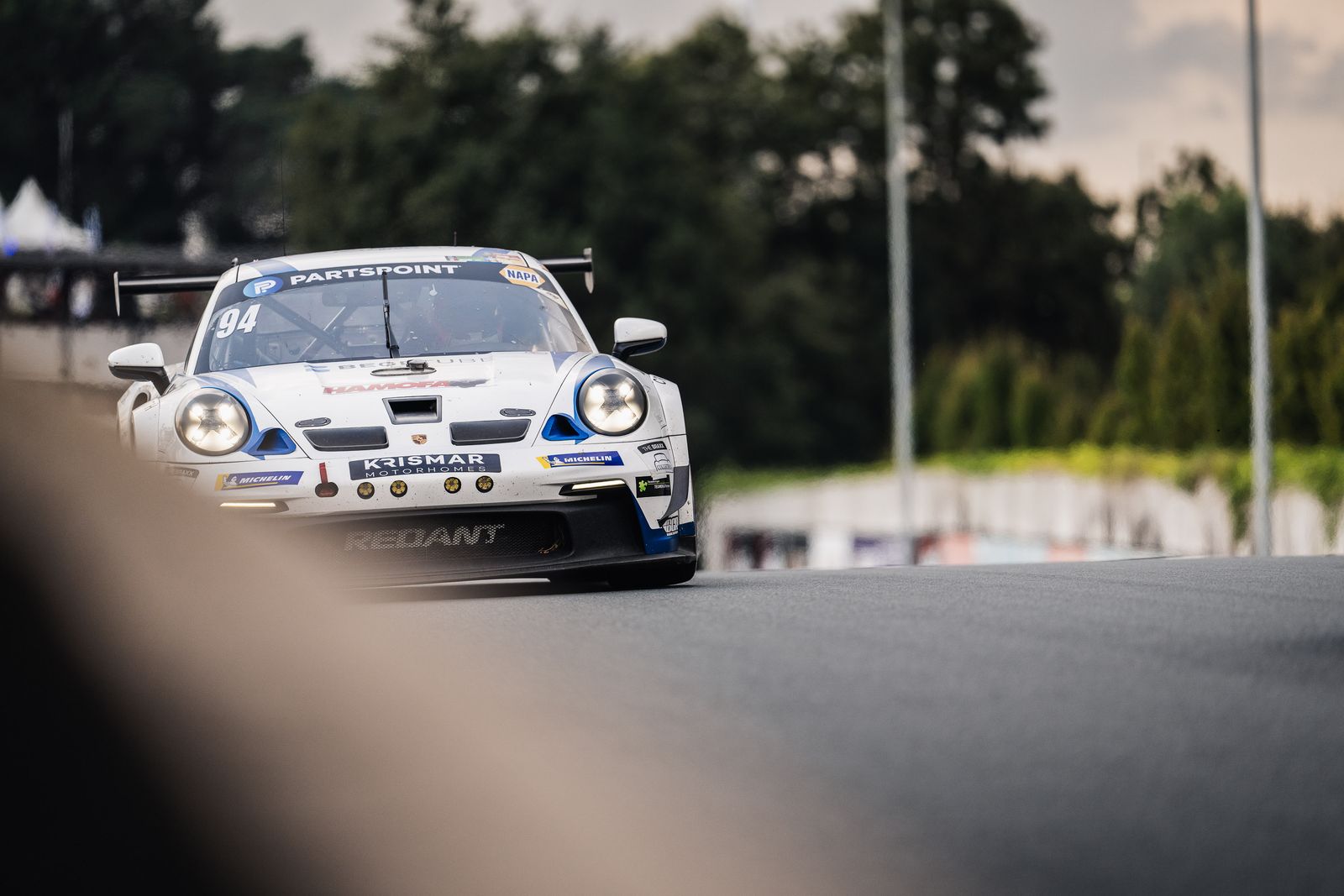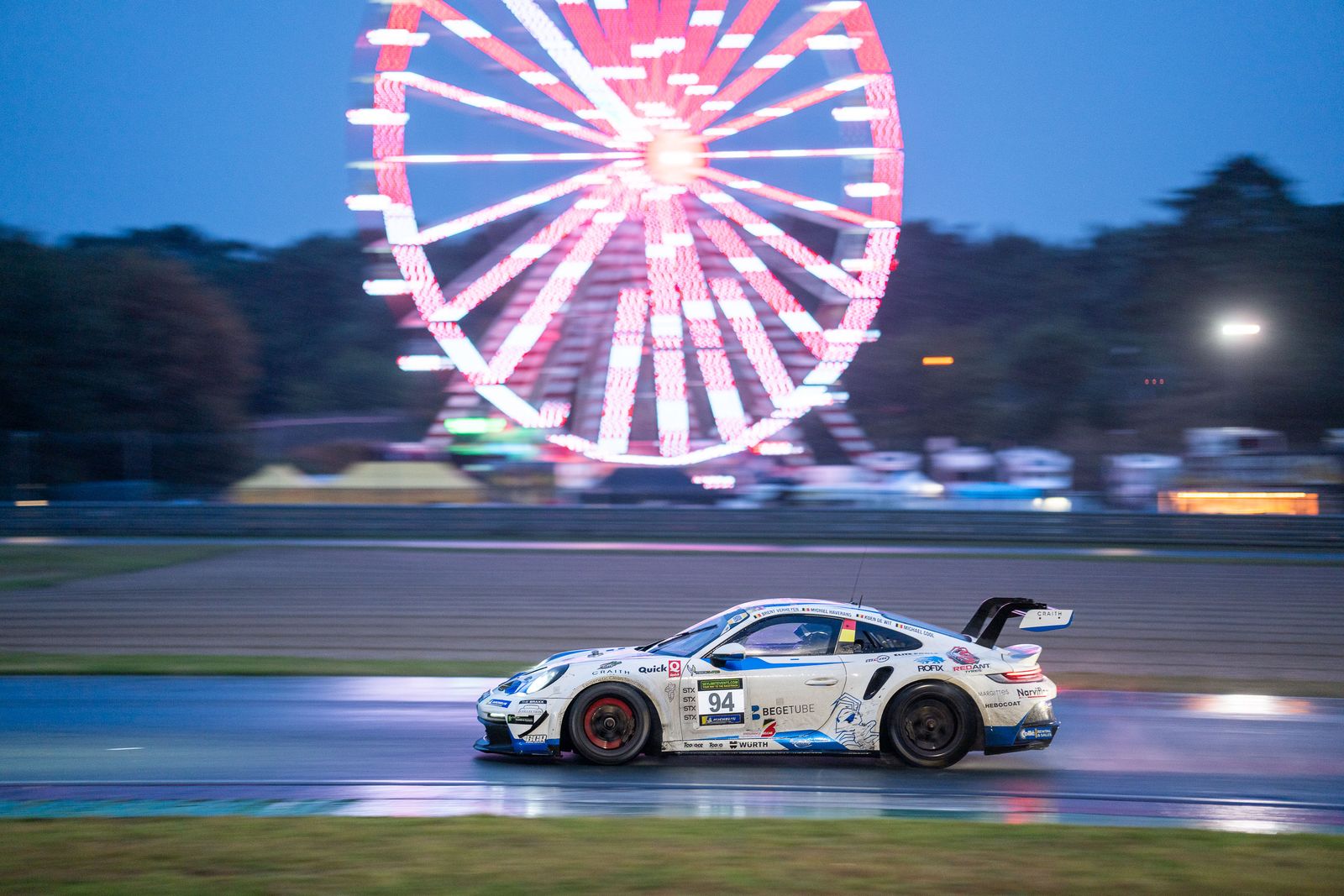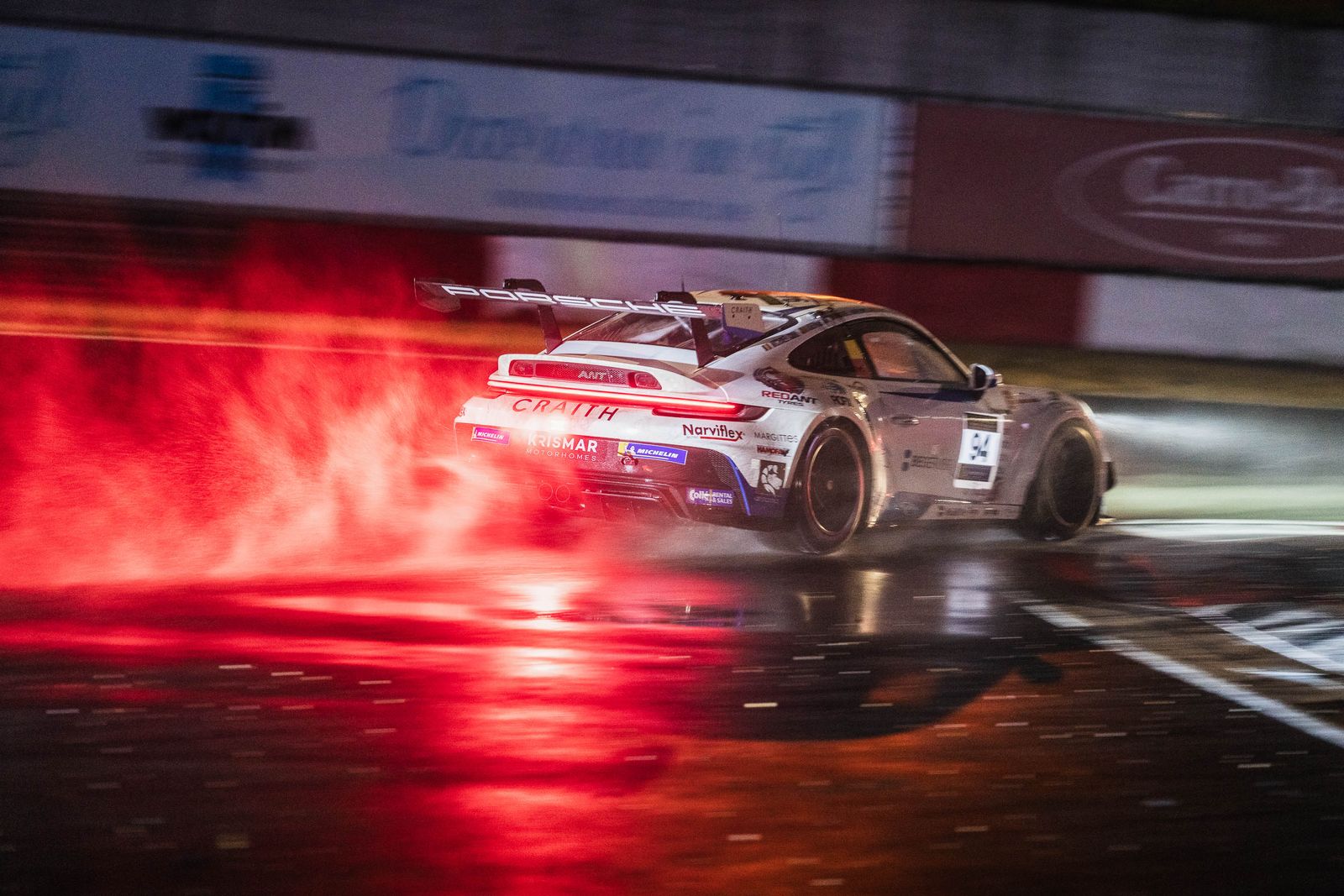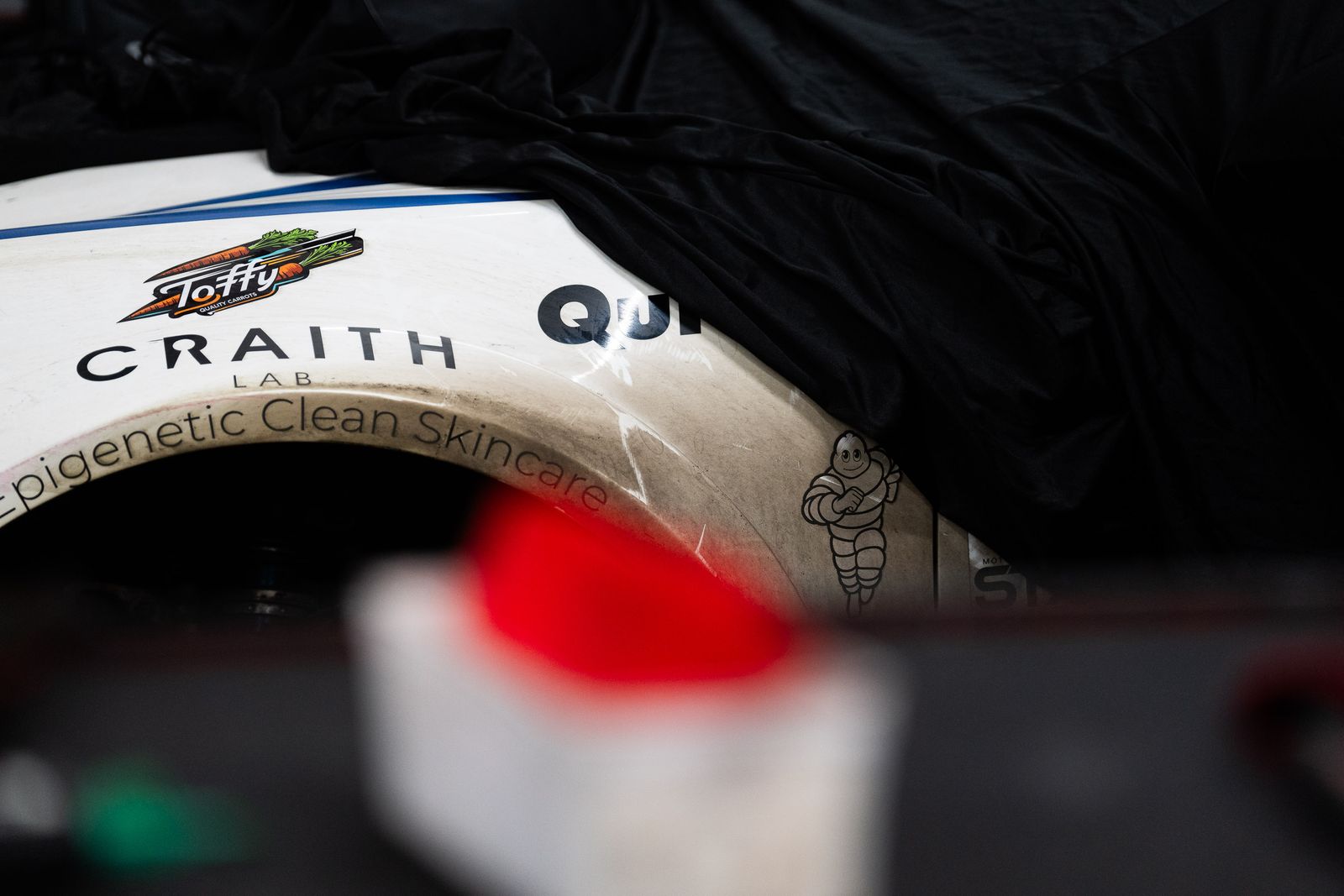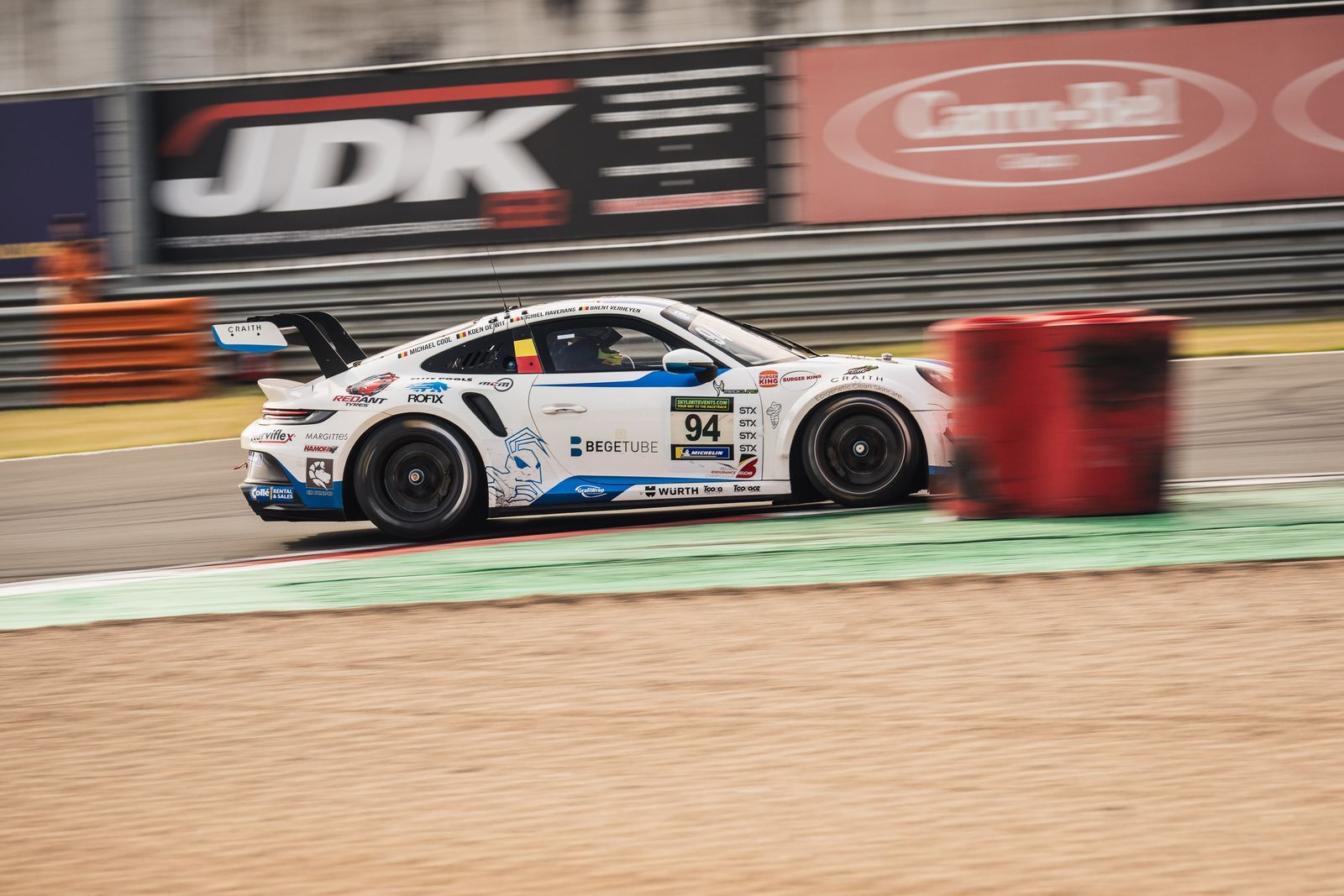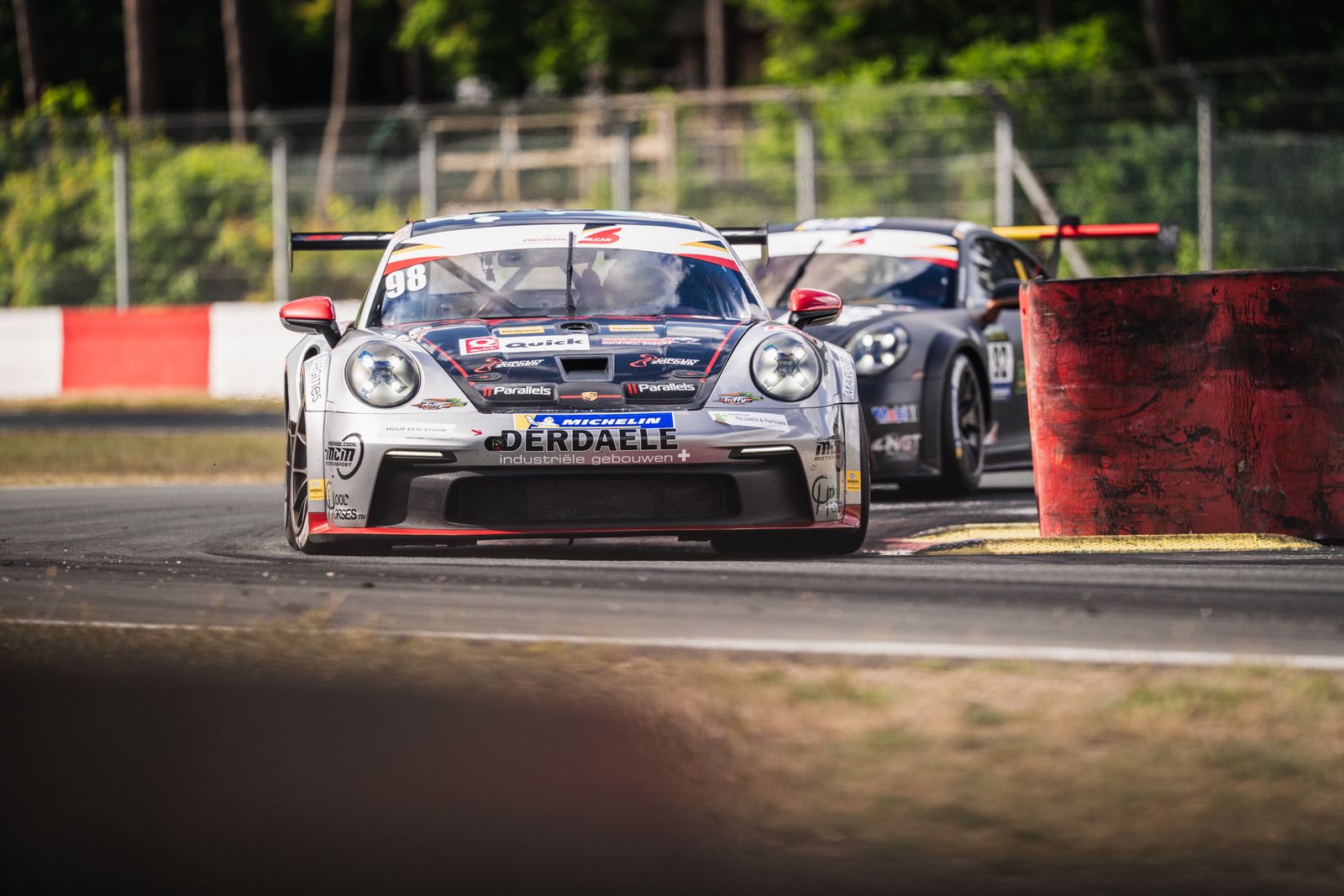ZOLDER - The week of the 24 Hours of Zolder, one of the most anticipated endurance races of the year, traditionally kicks off on Wednesday with a vibrant parade that winds its way through the center of Heusden-Zolder. This parade is more than just a spectacle for the fans; it's a celebration that marks the beginning of an intense week of racing. For the drivers, it's also the first official commitment of the week, as they are required to attend a mandatory safety briefing later in the evening at the town hall. This briefing is crucial, laying out the rules and ensuring that every participant is fully aware of the safety protocols, which are of utmost importance in a race of this magnitude.
Thursday marks the start of the serious work on the track. The day begins early with the first free practice session. This initial session is always a critical one, as it provides teams with their first opportunity to get a feel for the car under race conditions. For us, the session went quite well. It allowed us to familiarize ourselves with the current track conditions and make the necessary adjustments to the car’s setup. This was just the beginning of what would be a demanding day filled with multiple practice sessions and the all-important qualifying rounds.
The second practice session of the day was focused on fine-tuning the car in preparation for qualifying. In endurance racing, every small adjustment can make a significant difference over the course of the race, and our team worked diligently to optimize the car’s performance. The qualifying session is particularly important, as it determines the starting grid for the Super Pole, a critical aspect of the race strategy. We finished the qualifying round in 9th place, which positioned us well for the Super Pole.
Michiel Haverans, had the honor of driving in the Super Pole. This session is a true test of skill and nerve—just one lap where everything needs to come together perfectly. Michiel’s lap was impressive; although not flawless, it was enough to secure us the 8th position, a mere fraction of a second away from the pole position. For a grueling 24-hour race, this was an excellent starting point that fit perfectly with our strategy, balancing the need for a strong start with the importance of preserving the car and drivers for the long haul ahead.
As night fell, there was still one more crucial session on the agenda: the night practice. This session is mandatory for all drivers, as it allows them to adapt to the challenging conditions of driving in the dark. Night driving in endurance racing is a unique challenge, requiring absolute focus and a different approach to navigating the track. Despite the added difficulty, our team performed admirably, finishing the session in 4th place. This strong result underlined our readiness and boosted our confidence as we headed into the final preparations for the race.
Saturday marks the moment when the real challenge begins. The morning starts with a warm-up session, a final check to ensure that everything on the car is in perfect working order and that we are fully prepared for the grueling race ahead. At precisely 4:00 PM, the lights turned green, signaling the start of what would prove to be an exceptionally demanding competition. I had the honor of taking the start, and this was one of the most challenging stints of my career to date—yet perhaps also one of the most exhilarating. The heat inside the car was intense, with an average heart rate of 156 bpm, underscoring the physical demands of the stint. After 2 hours and 30 minutes, covering a distance of 330 kilometers and leading the race, I handed over the car to my teammates and took the opportunity to rest, knowing my next stint was scheduled around midnight.
Everything was proceeding smoothly until a severe storm swept over the circuit, bringing chaos in its wake. Torrential rain and powerful gusts of wind made the conditions extremely treacherous, but we managed to bring the car back safely. At 1:40 AM, it was my turn again. The track had developed a dry line, so I was sent out on slicks. However, the conditions were still incredibly tricky, with many wet patches that were difficult to see in the darkness. Unfortunately, just after I completed my stint, disaster struck. Our car lost grip on one of the wet spots and was heavily damaged, making it impossible for us to continue the race.

